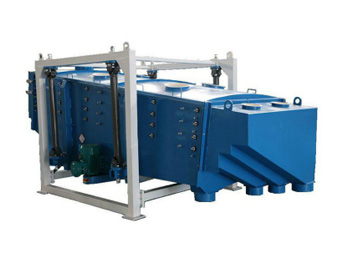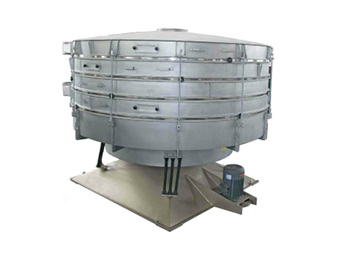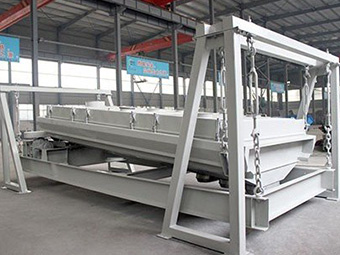1. Insufficient Conveying Capacity of Screw Conveyor
Possible Causes:
Insufficient motor power or unstable voltage
Severe wear of the screw blade
Uneven feeding or blockage at the inlet
Excessive moisture content in materials causing adhesion
Solutions:
✓ Check whether the motor power meets design requirements and ensure stable voltage
✓ Replace worn screw blades (recommend welding wear-resistant material on the blade edges)
✓ Clean the inlet to ensure continuous and uniform feeding
✓ Pre-treat high-moisture materials or reduce conveying speed
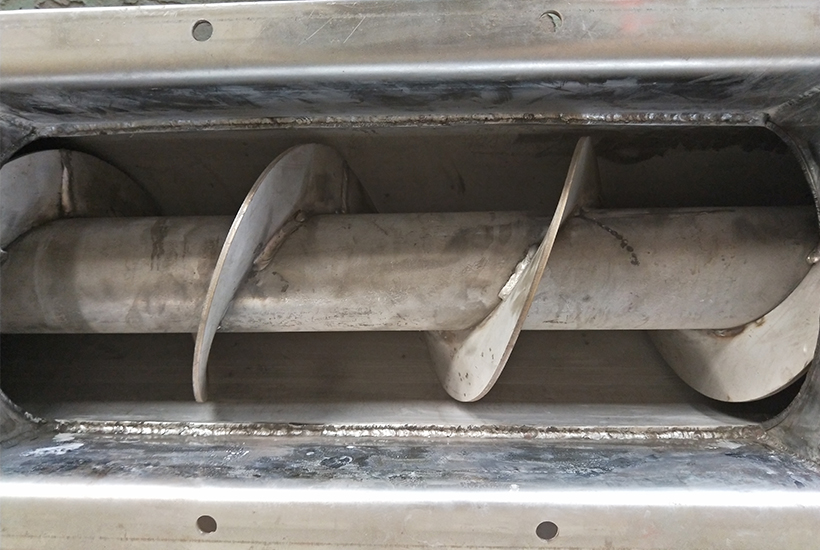 2. Abnormal Bearing Wear
Possible Causes:
2. Abnormal Bearing Wear
Possible Causes:
Seal failure leading to material ingress
Poor lubrication
Improper bearing selection
Solutions:
✓ Use labyrinth or double-lip sealing structures
✓ Establish a regular lubrication system (recommend adding grease every 500 operating hours)
✓ Switch to sealed spherical roller bearings or wear-resistant bearings
3. Screw Shaft of Screw Feeder Fracture
Possible Causes:
Overload operation
Metal foreign objects mixed in the material
Improper shaft material or heat treatment
Solutions:
✓ Install overload protection devices
✓ Add magnetic separators or screens at the feed end
✓ Use alloy steel materials (e.g., 40Cr) and apply tempering treatment
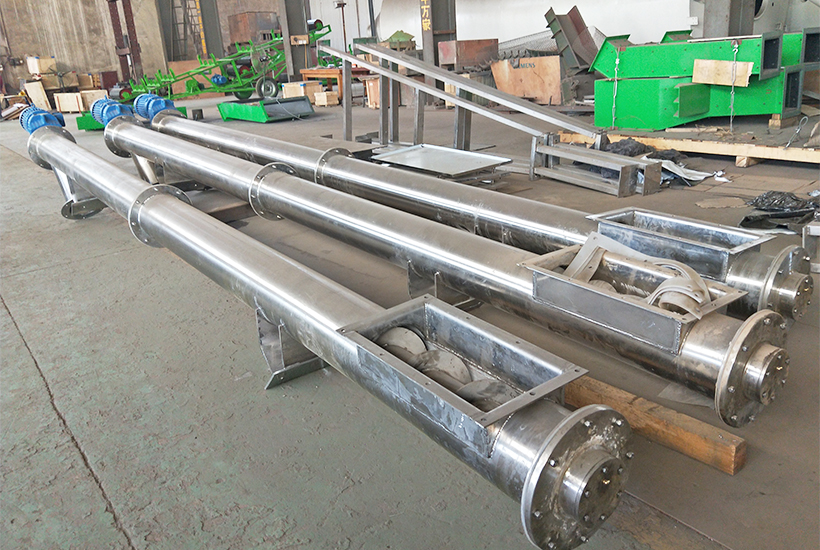 4. Abnormal Vibration
Possible Causes:
4. Abnormal Vibration
Possible Causes:
Bent or misaligned screw shaft
Damaged bearings
Unstable mounting foundation
Solutions:
✓ Stop the machine and correct the screw shaft (straightness deviation ≤1/1000)
✓ Replace damaged bearings
✓ Reinforce the foundation and ensure anchor bolts are tightened
5. Excessive Noise
Possible Causes:
Lack of lubrication or bearing damage
Friction between the blade and trough
Solutions:
✓ Immediately stop and check lubrication status
✓ Adjust the clearance between the blade and trough
✓ Inspect gear meshing in the reducer if applicable
Further information, please click:
www.pkmachinery.com


